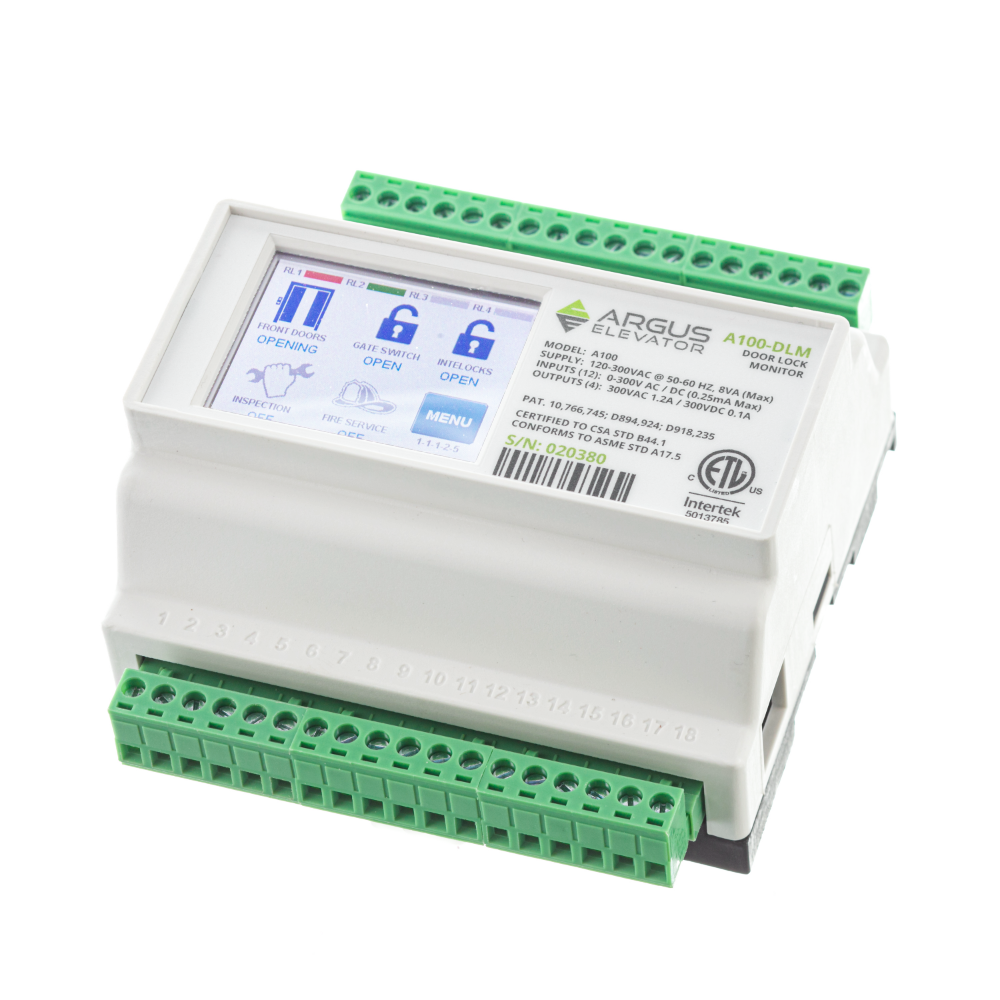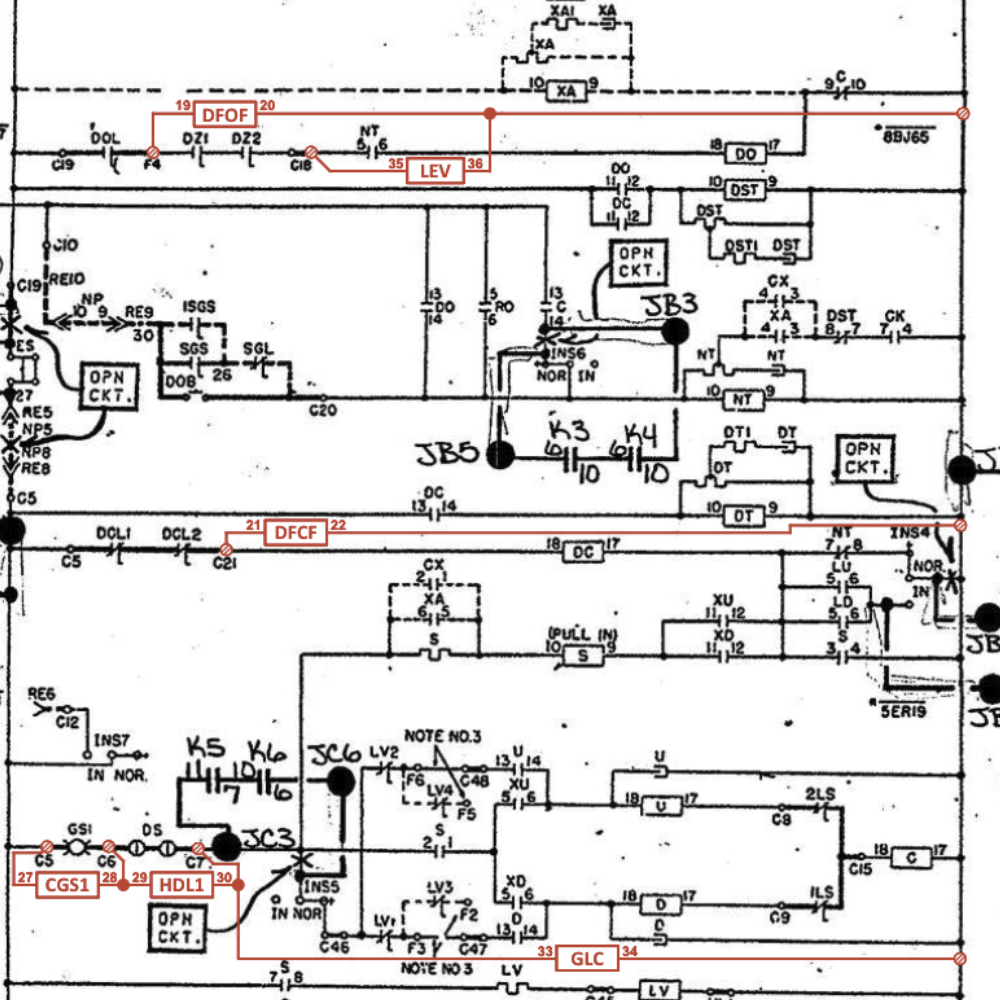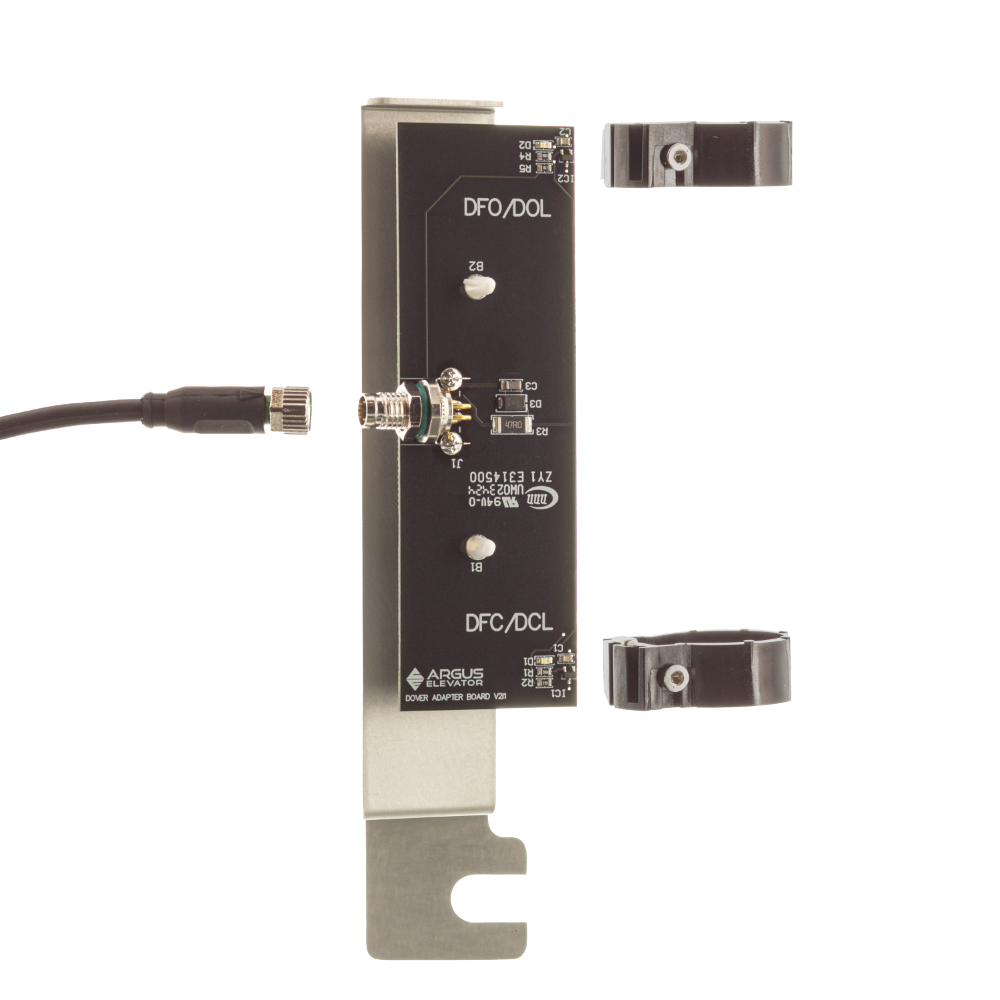How To Tell If Your Elevator Has DLM? – Steps 3 & 4
How To Tell If Your Elevator Has DLM? – Steps 3 & 4
How to Tell if Your Elevator Already Has DLM Implemented? – Steps 3&4
This is the fifth installment in a six-part series on door lock monitoring (DLM). In this series, we’re addressing some of the most common questions we receive about DLM. If you still have additional questions after reading, we’d be happy to schedule time to discuss them further.
In our last post, we looked at the first two ways to determine if your elevator has door lock monitoring implemented. In today’s post, we will look at the third and fourth ways.
3. Test the Elevator for DLM Functionality
As discussed in Post 2 of this series, elevators have two main requirements: a Door Closing Restriction and a Car Motion Restriction. Controllers that implement DLM enforce both of these requirements, so to determine if an elevator has DLM implemented, we can focus on testing the easier and safer of the two: the Door Closing Restriction.
To test the Door Closing Restriction, we provide the following steps with every set of revised engineering prints:
Test 4 – Gate Switch Test
A. With the car parked at a floor and with the car doors and hall doors fully open, close the Gate Switch contacts and place a call to a floor different than the current one Result: The car will not close its doors and the car will not move
Test 5 – Door Interlocks Test
A. With the car parked at a floor and with the car doors and hall doors fully open, close the Door Interlocks contacts and place a call to a floor different than the current one Result: The car will not close its doors and the car will not move
Test 6 – Gate Switch and Door Interlocks with a Call Test
A. With the car parked at a floor and with the car doors and hall doors fully open, close the Gate Switch contacts and Door Interlocks contacts and place a call to a floor different than the current one Result: The car will not close its doors and the car will not move
Test 7 – Repeat Tests 4 to 6 while on Fire Service Phase I Operation
Test 8 – Repeat Tests 4 to 6 while on Fire Service Phase II Operation
4. Contact the Controller Company
This is the definitive step we always recommend. By contacting the controller company, they can confirm whether the elevator has DLM in place or if it can be easily upgraded through a parameter activation or firmware update.
We hope you learned something new today and enjoyed reading our fifth post in this series. Keep a lookout for our next installment in a few days. In the next post, we will cover the ways to make an elevator compliant for DLM.




